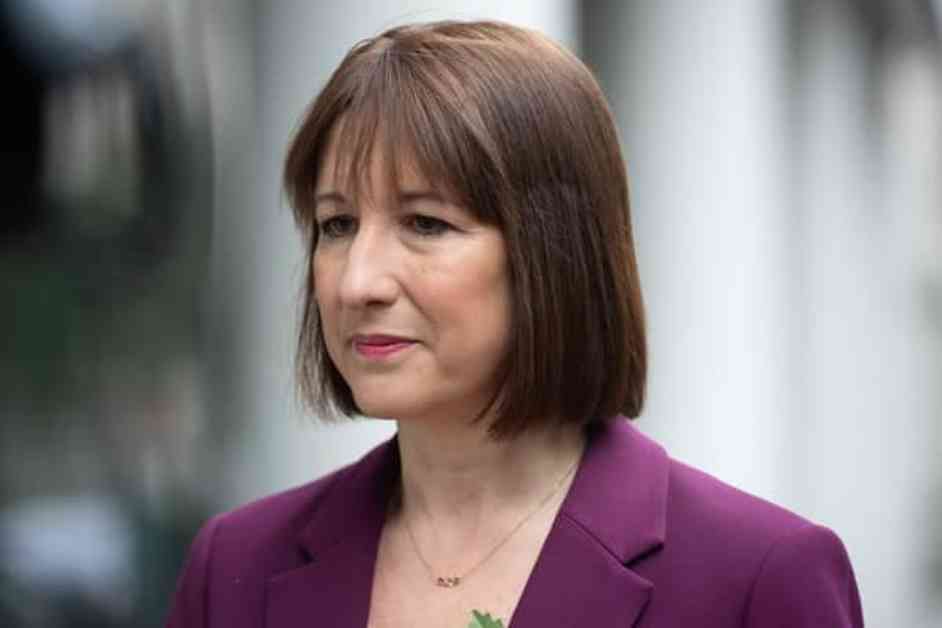The UK economy showed signs of improvement in December after a lackluster second half of the year, with a modest 0.1% growth in the final quarter driven by expansion in services. This slight uptick came as a relief for Chancellor Rachel Reeves, as economists had predicted a possible contraction that would have brought the economy dangerously close to a recession. While the year-on-year growth rate of 1.5% is commendable given challenges like higher inflation and interest rates, it’s clear that the threat of a recession still looms.
Challenges and Opportunities Ahead
Despite the recent uptick in economic growth, concerns remain about the sustainability of this positive trend. The economy is still at risk of slipping into a recession if concerted efforts are not made to address underlying issues. While falling interest rates and increased government spending have provided temporary relief, there are significant challenges on the horizon.
One major obstacle is the shortage of skilled workers, which could hamper government initiatives like housebuilding and infrastructure investment. Additionally, higher employment costs resulting from recent Budget measures may lead some businesses to scale back, impacting consumer confidence and spending. The uncertain direction of inflation, particularly in light of factors like rising energy prices and potential US tariffs, further complicates the economic outlook.
Implications for Interest Rates and Policy
The fragile economic environment has prompted the Bank of England to prioritize supporting growth through interest rate cuts. While the recent decision to lower rates was justified by looming risks, the economy’s resilience may delay further cuts in the near future. Instead, attention is shifting towards managing inflationary pressures that could prove challenging to mitigate.
In summary, while the recent uptick in economic growth offers a glimmer of hope, the UK economy continues to face significant challenges that require careful navigation. The path ahead is uncertain, with the need for proactive measures to sustain growth and address looming threats. As policymakers and businesses navigate the complex economic landscape, the key will be to strike a delicate balance between stimulating growth and managing risks to ensure a stable and prosperous future for all.












